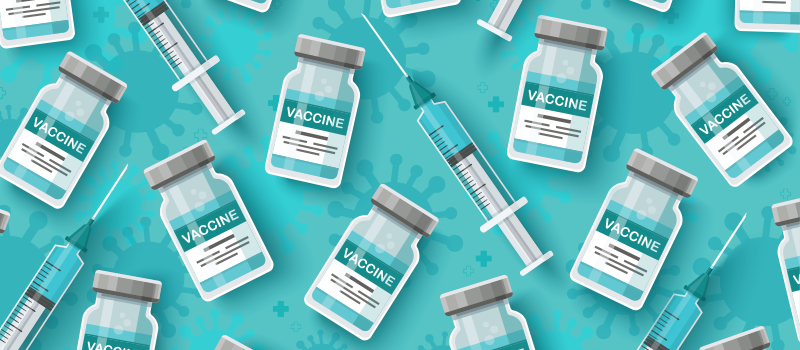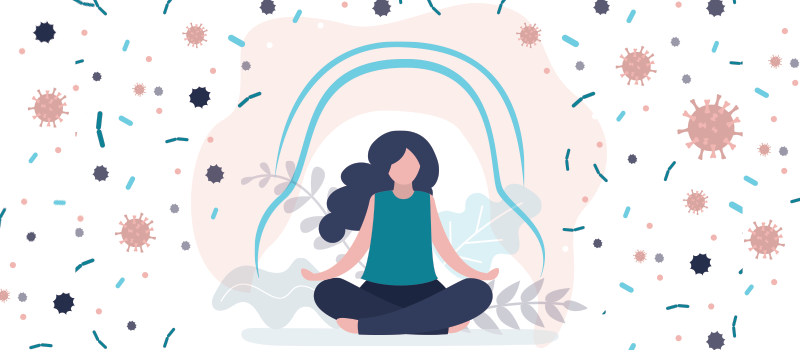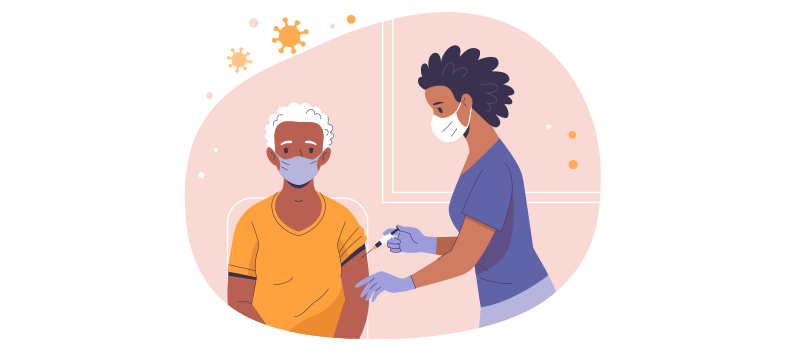What’s the Buzz
The Bee Healthy Blog
Common Diseases Spread by Coughing and Sneezing

The slogan “coughs and sneezes spread diseases” was coined during the 1918 flu pandemic but still holds true. Coughing and sneezing are a leading cause of the spread of infections. Here we will briefly describe some common diseases that are spread through coughing and sneezing.
Why do coughs and sneezes spread diseases?
Many common infections are easily spread through coughing and sneezing. Viruses and bacteria that cause infectious diseases are present in tiny droplets from the nose and mouth. When an infected person sneezes or coughs, thousands of droplets are released into the air. In fact, the average cough produces 3,000 droplets and a sneeze can produce as many as 40,000 droplets.
These droplets remain suspended in the air and can cause airborne transmission of diseases. When someone breathes in the droplets, they can develop symptoms of the illness. In addition, the droplets can land on a surface or personal items, where the viruses and bacteria can survive for some time. When someone touches contaminated surfaces, they transfer the germs to their hands, and from there, to their nose or mouth, where the germs can enter the breathing passages.
Some of the diseases spread by coughing and sneezing are not serious and do not cause any long-lasting harm. However, sometimes these infections can lead to serious complications, even death. Some people, such as pregnant women, those with weakened immune systems, and people with chronic medical conditions are at a higher risk of developing serious complications from respiratory infections.
What diseases can be transmitted through coughing and sneezing?
Common Cold
Common colds are one of the most common types of illnesses spread through sneezing and coughing. The most common cause of a cold is a virus called rhinovirus, but other viruses can also cause the infection. Symptoms include runny nose, stuffy nose, sneezing, cough, low-grade fever, and generally feeling unwell. Most people with a bad cold get better in 7-10 days without any treatment other than supportive measures like rest and fluids.
Influenza Virus
The influenza “flu” virus is a respiratory virus that causes a short illness in healthy people. However, it can cause a more serious illness in very young children, older adults, pregnant women, people with weak immune systems, and those with chronic medical conditions. Flu symptoms include high fever, sore throat, cough, stuffy or runny nose, headache, body aches, and tiredness. Most people recover from the flu without treatment, but those at a higher risk of complications may be given antiviral drugs. Covering coughs and sneezes with a tissue can help prevent the spread of the flu.
Respiratory Syncytial Virus
Respiratory syncytial virus (RSV) is a common respiratory disease. Most people have been infected with this virus by age 2. The virus enters the respiratory tract through infected airborne droplets. Symptoms of the illness caused by RSV include stuffy or runny nose, sneezing, sore throat, dry cough, headache, and low-grade fever. Treatment for RSV mainly consists of supportive care, including acetaminophen for fever and aches and saline nasal drops for a stuffy nose.
Strep Throat
This is a bacterial infection caused by Streptococcus bacteria. Symptoms of strep throat include high fever, throat pain, headache, body aches, and rash. Besides medications to relieve symptoms, doctors prescribe antibiotics to prevent severe illness and complications.
Pneumonia
Pneumonia is a serious infection of the lungs. It can be caused by various germs, including bacteria, viruses, and fungi. Symptoms of a pneumonia infection include cough, fatigue, chest pain, fever, and shortness of breath. Treatment depends on the type of pneumonia and the severity of the illness and may include fever reducers, cough medicine, and mainly antibiotics.
COVID-19
COVID-19 is a respiratory disease caused by the severe acute respiratory syndrome coronavirus 2 (SARS Co-V2) virus. The virus enters the respiratory tract of a healthy person through droplets released into the air by an infected person. Common symptoms of COVID include fever, cough, sore throat, and tiredness. Some people also have symptoms of the common cold, such as a runny or stuffy nose. Other COVID symptoms may include shortness of breath, difficulty breathing, chest pain, muscle aches, headache, pink eye, loss of smell and taste, nausea, vomiting, diarrhea, and rash. Most people recover from COVID without any problems, but in some people it can lead to a severe illness.
Meningococcal Disease
This is a bacterial infection of the brain and spinal cord. Meningococcal bacteria spread from person to person through respiratory and throat secretions. However, this infection is not as contagious as the common cold or the flu. It requires prolonged close contact with an infected person (for example, through coughing or kissing) to spread the infection. In other words, this serious infection does not spread through casual contact or by breathing the air where someone with meningococcal disease has been.
Whooping Cough, Measles, Mumps, Chickenpox, Diphtheria
Contagious diseases like whooping cough, measles, mumps, diphtheria, and chickenpox are now relatively rare in the United States due to high vaccination rates. These infectious diseases spread through respiratory droplets released into the air by a sick person. The germs then enter the breathing passages of other people who breathe in the droplets.
How to prevent diseases that spread by coughing and sneezing?
Doctors recommend the following measures to reduce the transmission of airborne diseases that are spread by coughing and sneezing:
- Wash your hands frequently with soap and water.
- Cover coughs and sneezes with a tissue.
- Avoid close contact with a sick person.
- Stay home if you feel sick.
- Maintain good ventilation and a relative humidity of 40-60% in indoor spaces. This can help reduce the risk of common infections that spread through coughing and sneezing.
- Seek prompt medical care for worsening or new symptoms related to the respiratory tract.
- Eat healthily and do regular exercise to maintain a strong immune system
References:









SOCIAL